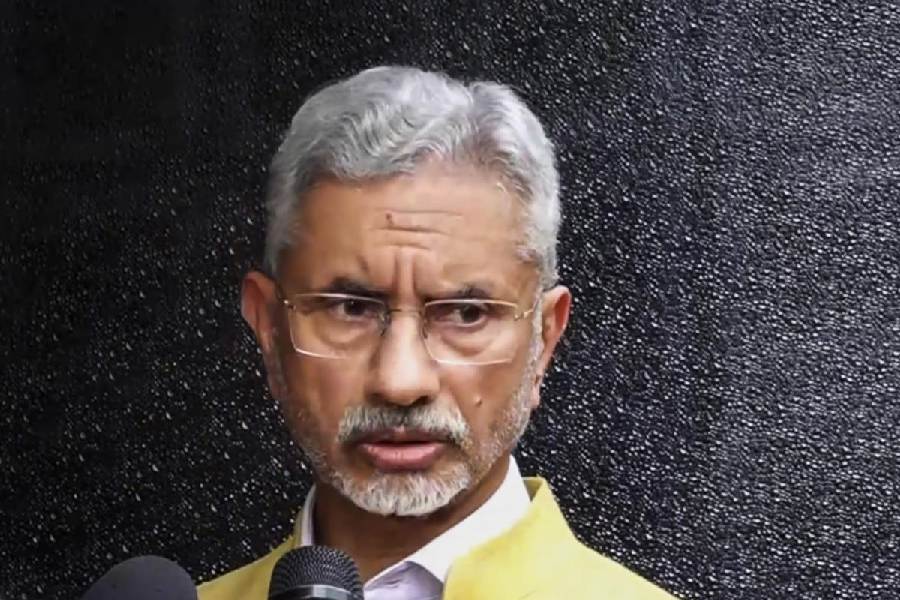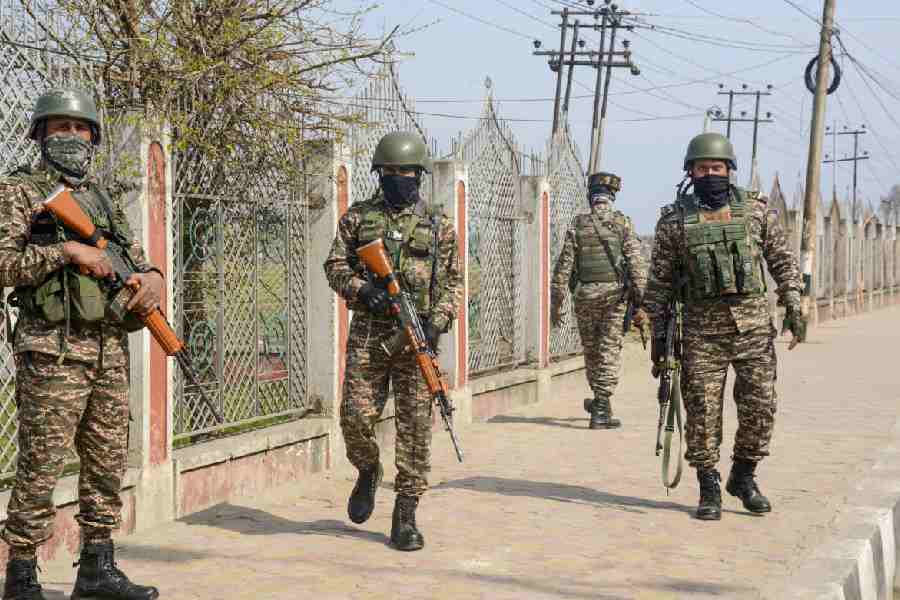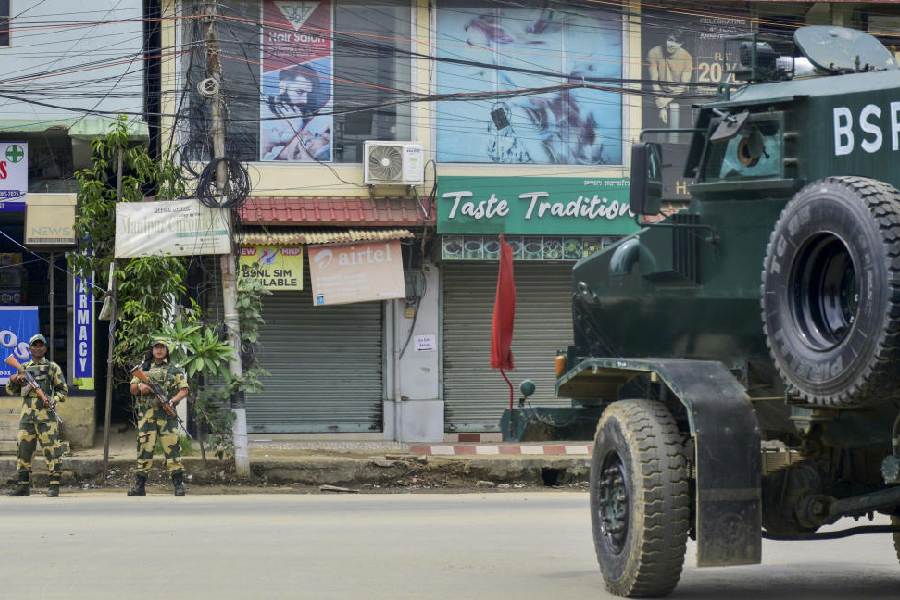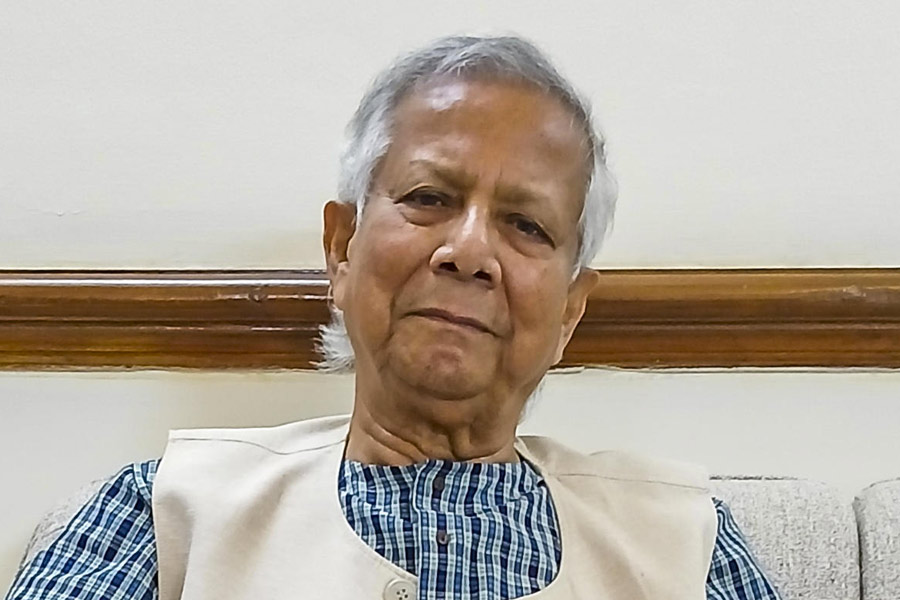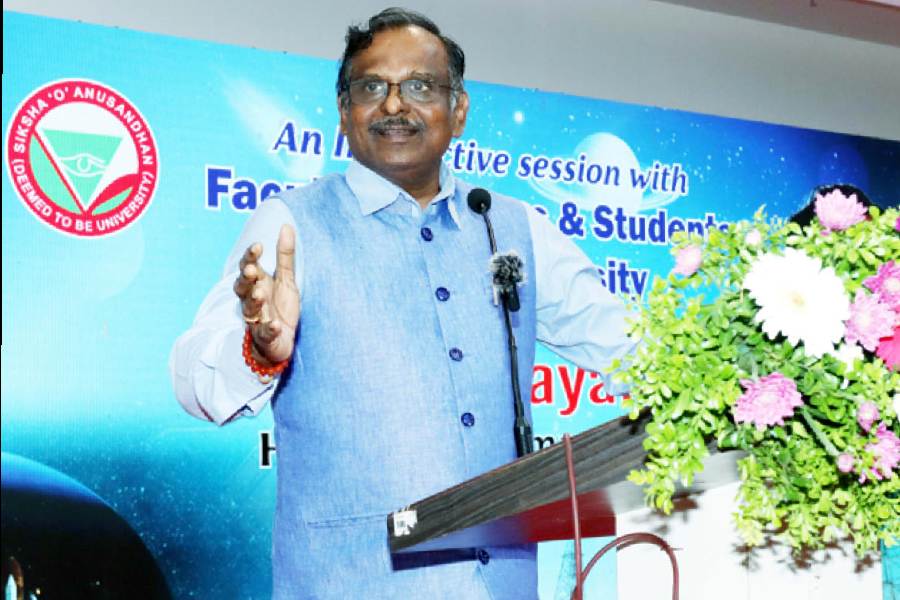
A thought for tomorrow (August 15): When a television channel wanted a few bites for an Independence Day programme on cinema, it struck me that the one major shift between Then and Now is the freedom from the fetters on a woman’s virginity.
What was the template for filmmaking in the 70s and 80s would be despised today. You only had to look at the films of those two decades to understand how warped the concept of virginity was. And every top actor was party to it.
* Poonam Dhillon in Abhimanyu (1989) is raped by Shakti Kapoor after a prolonged scene inside a closed room. Her brother, played by Anil Kapoor, rushes in to find her hanging and saves her. Poonam tells her brother, “Izzat ki chaadar maili ho gaya hai (My respectability has been soiled).” She therefore pleads with her brother, “Is kalank ko meri maang ka sindoor bana do (Turn this stigma into the mark of a respectably married woman).” The solution: she must get the rapist to marry her.
* Juhi Chawla is raped on her wedding day by Anil Kapoor, a hired goonda in Benaam Badshah (1991). The girl from a comfortably placed family decides that she must live with her rapist in a chawl, as his wife.
* In Kalicharan (1976), Shatrughan Sinha’s sister is raped and she runs to the railway tracks where she ends her life because she’s become “impure”. The hero’s sister raped and committing suicide was a favourite “item” in those two offensive decades. And the girls had names like Tulsi and Gita to underline their purity.
* In Gulzar’s Mausam (1975), Sharmila Tagore is raped by character actor C.S. Dubey. She’s henceforth condemned to be a whore. That she’s rehabilitated by her father is another story.
What was deeply entrenched in the standard filmmaker’s mind was that once a virgin of any age was touched by a man, she had to end her life or marry the man irrespective of the circumstances or spend the rest of her life in a kotha. In other words, she had to either die or live with the first man who touched her, there could be no life beyond him. If she didn’t, she was only fit for the oldest profession.
The same thought was extended to films like Maang Bharo Sajana (1980).
Jeetendra, happily married to Moushumi, sets up a second home with Rekha, his girlfriend from the past. He’s equally devoted to both. Why did a happily married man have to marry his former girlfriend too who was thought to be dead? The director explained that Jeetendra had to marry Rekha because in the past they’d had one roll in the hay in a moment of passion.
If it was a question of commitment, reverse the scenario. Could a happily married woman set up a second home with a lover from the past because she once had a sexual relationship with him? The very thought would be bizarre.
The filmmakers who attempted to break cinematic tradition were a handful. Gulzar’s assistant Manik Chatterjee spotlighted the trauma and after-effects of the gang rape of a married woman in Ghar (1978), and did not linger on the “stigma”. In the film, it takes time for the wife, played by Rekha, to resume a normal marital life with understanding husband Vinod Mehra. And he doesn’t shun her because she’s been “touched” by other men.
Deewana (1992) was a progressive leap. Divya Bharti’s husband Rishi Kapoor is killed. Years later, Shah Rukh Khan falls in love with her but won’t consummate their relationship until she accepts him. The day she does, her first husband returns. It was a bold film to make because it showed her first husband’s mother, encouraging Divya and SRK to get married. But director Raj Kanwar had to play safe with the ending. Divya couldn’t be shown swinging between Rishi and SRK. She couldn’t be shown sleeping with her second husband and then going back to her first. Therefore, the first husband had to die again, this time for keeps.
By the time the new millennium dawned, the ridiculously lopsided premium on a girl’s “purity” began to vanish. One of Madhur Bhandakar’s finest films was Corporate (2006) where Bipasha Basu and Kay Kay Menon lived together like a normal couple without marriage and that was not the focus of the film. There was Love Aajkal (2009), where in a scene inside a car, Deepika did whatever Saif did. If he gave a tiny slap on her cheek, she slapped him back. If he kissed her, she kissed him back. There was no moral stand taken. And that’s how Hindi cinema is going to be henceforth. A girl who’s raped will not end her life. A girl who’s had sex with a man will have as much of a choice to walk out of the relationship as he has. Deepika’s choices embody the new thought.
This really is the freedom that Hindi cinema has finally given its ladies.
Bharathi S. Pradhan is a senior journalist and author


